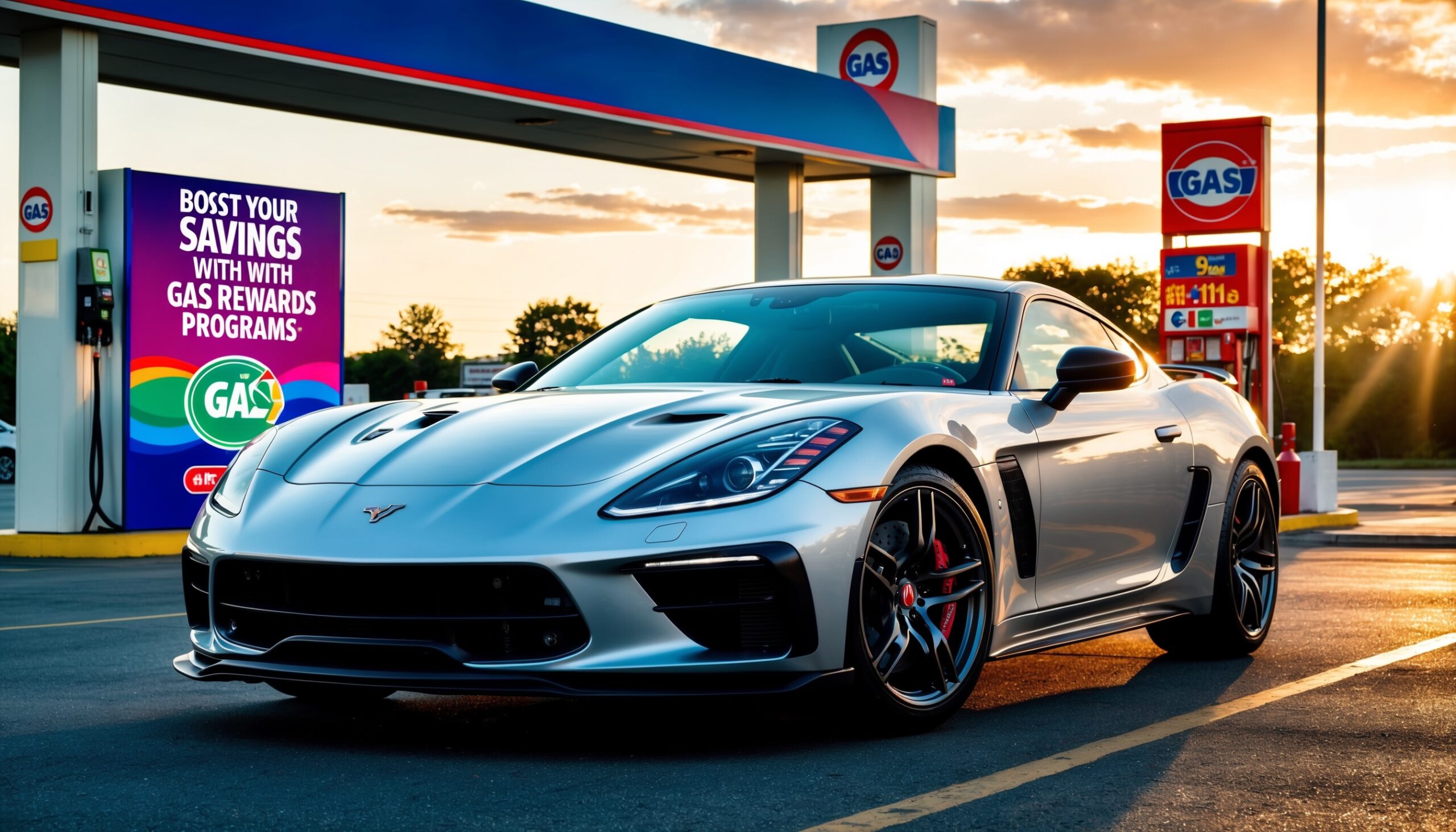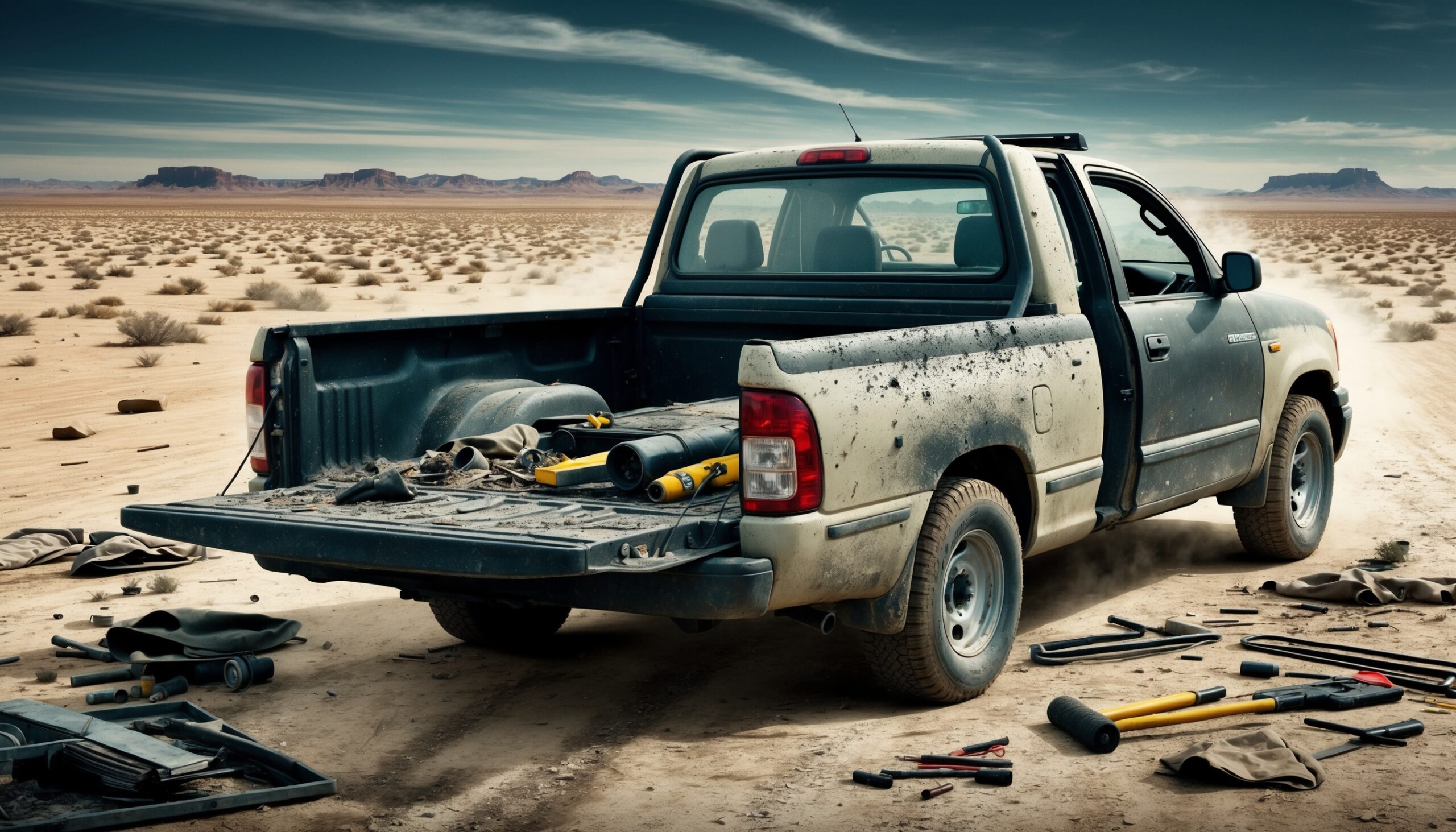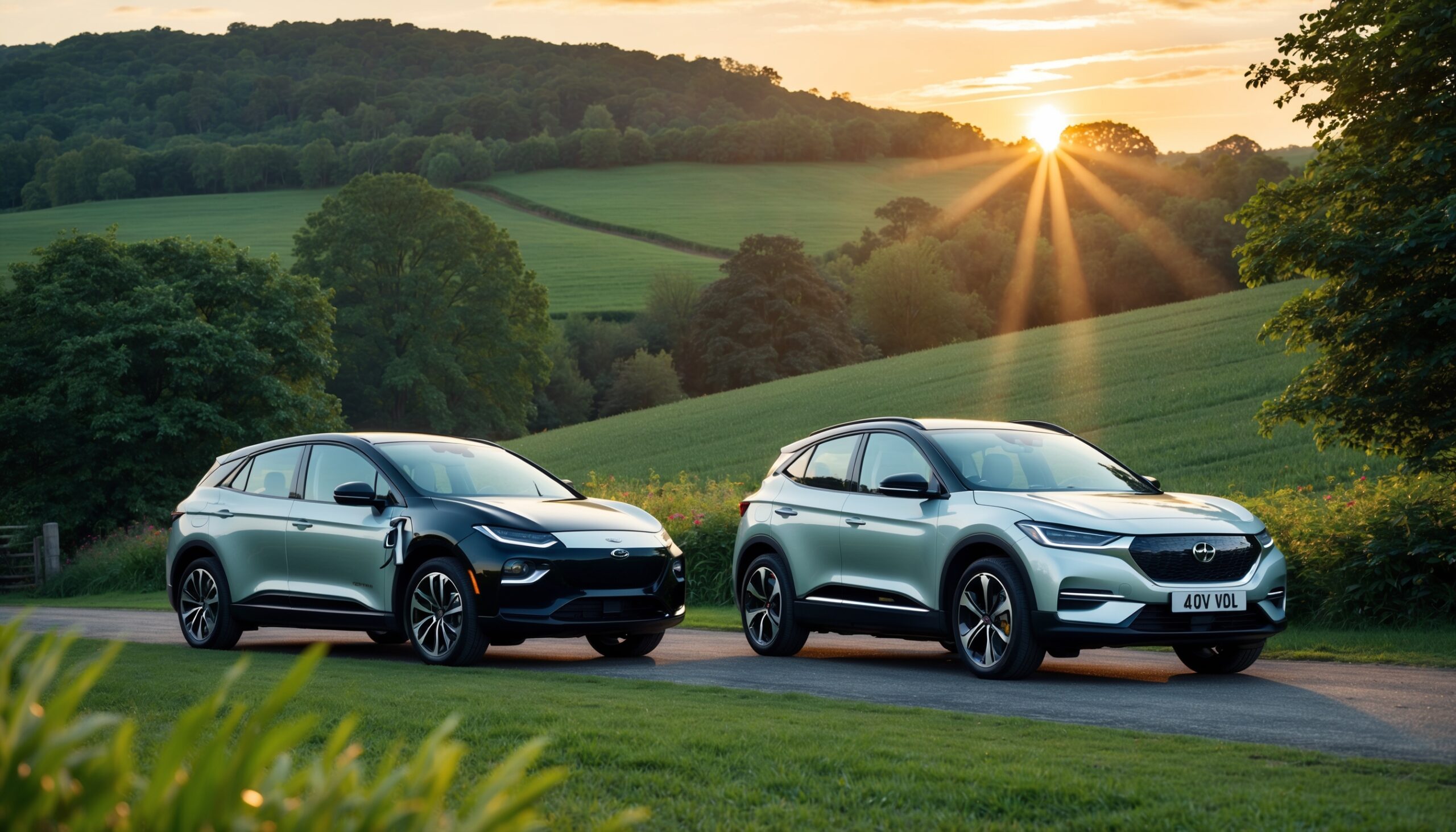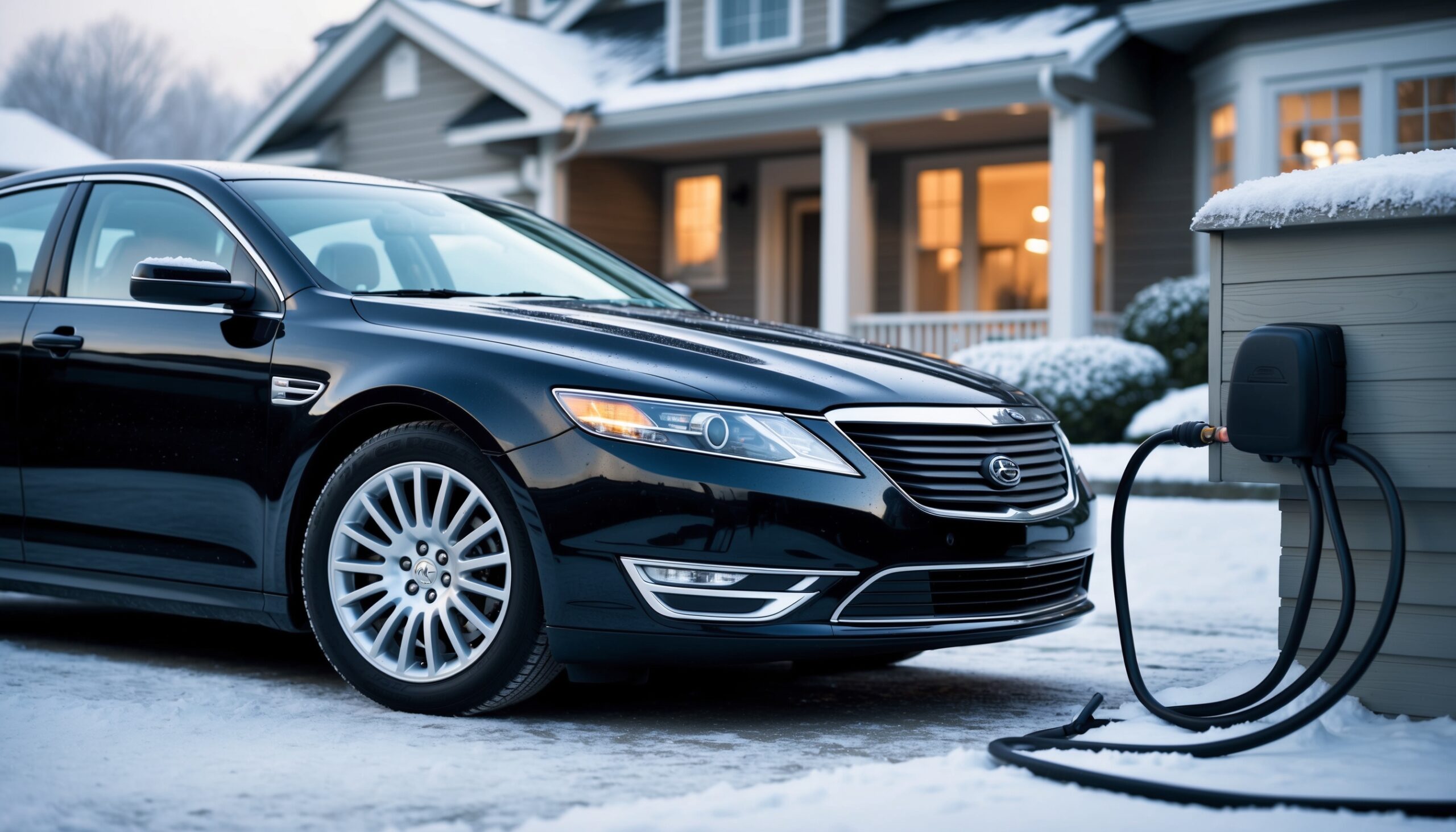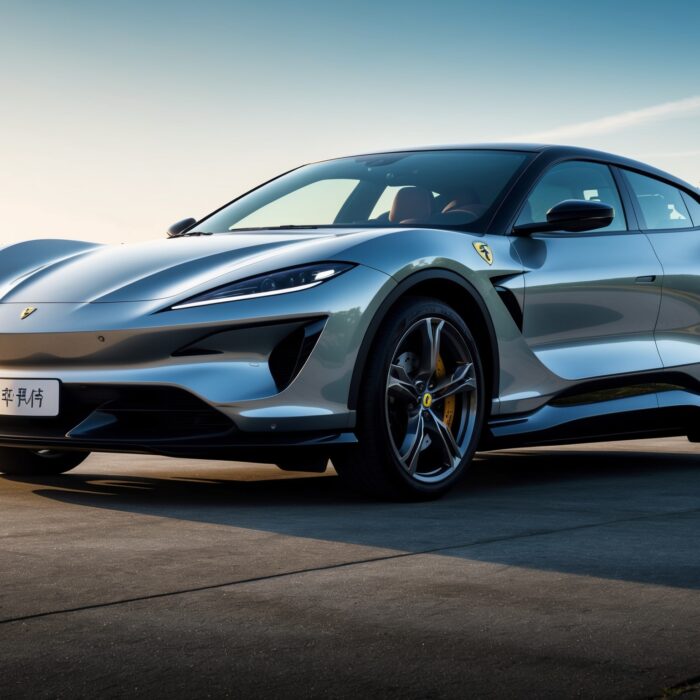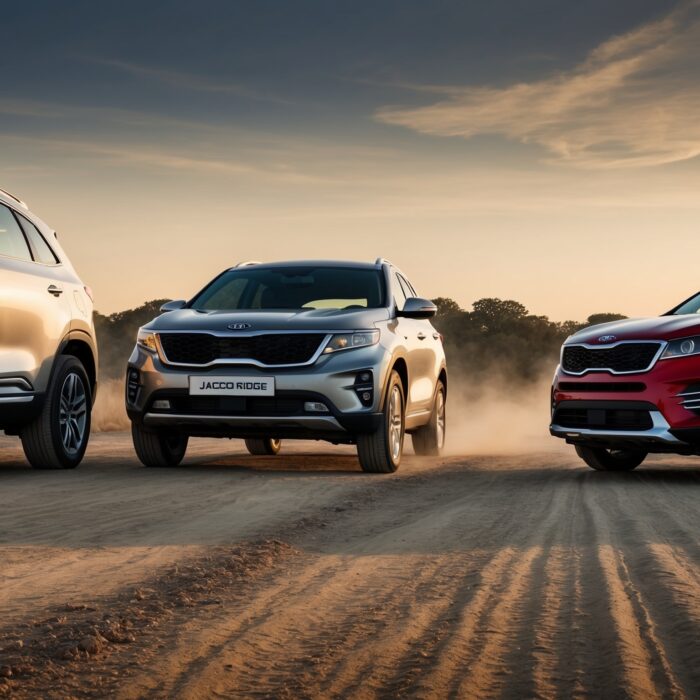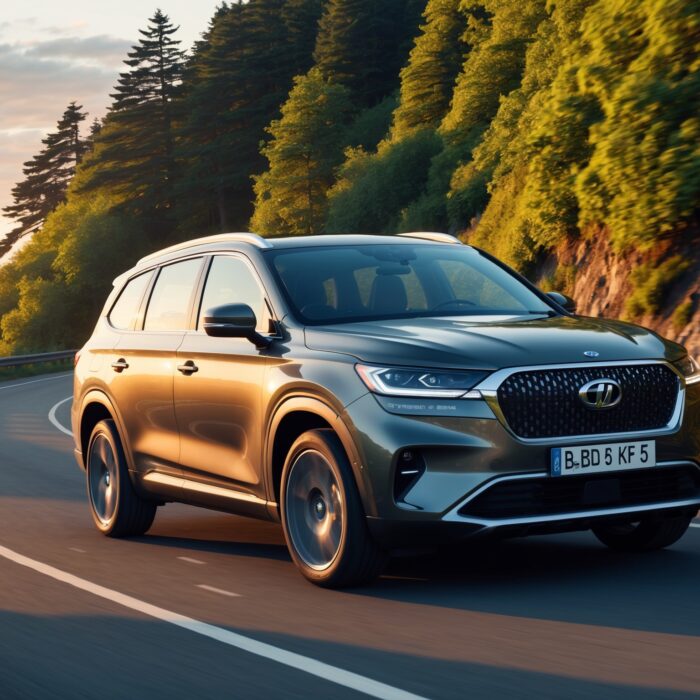BMW’s Shift to Conventional Automatics: A Closer Look
When we think of BMW, a few things come to mind: luxury, performance, and that unmistakable driving experience. For decades, the brand has been synonymous with innovation, especially when it comes to their transmission systems. However, a significant shift is happening in the Bavarian automaker’s approach to gear shifting. With a growing number of models transitioning from their beloved dual-clutch systems to conventional automatics, car enthusiasts are left pondering the implications. In this post, we’ll explore the reasons behind BMW’s shift, the technology at play, and what it means for the future of driving pleasure.
The Legacy of BMW’s Dual-Clutch Transmission
Before diving into the nuances of this shift, let’s take a moment to appreciate the legacy of BMW’s dual-clutch transmission (DCT). This technology was a game-changer, delivering rapid gear changes that were both seamless and exhilarating. The DCT found its way into various models, including the iconic M series, bringing a sportier edge to the driving experience.
- Performance Benefits: The DCT allowed for lightning-fast gear shifts, reducing shift times to mere milliseconds. This was particularly advantageous on the track or during spirited driving.
- Fuel Efficiency: With its ability to pre-select gears, the DCT was not only focused on performance; it also contributed to better fuel economy compared to traditional automatics.
- Driver Engagement: For many enthusiasts, the DCT offered a more engaging driving experience, allowing for manual control and precise shifting.
However, as technology evolves and consumer preferences shift, BMW has begun to reconsider its transmission options.
Understanding the Shift to Conventional Automatics
The recent trend of BMW moving toward conventional automatic transmissions may initially raise eyebrows among purists. But to understand this decision, we need to delve into a few key factors influencing the automotive landscape today.
1. Emphasis on Comfort and Ease of Use
In an age where convenience rules, many drivers prioritize comfort over raw performance. The conventional automatic transmission shines in this regard, offering smooth and effortless shifting that caters to everyday driving scenarios. BMW recognizes that while enthusiasts appreciate performance, the average driver often values a more relaxed driving experience.
2. Advancements in Automatic Transmission Technology
The technology behind automatic transmissions has come a long way. Modern automatics, particularly those with eight or more speeds, provide rapid shifts and can rival the performance of dual-clutch systems. With improvements in software and hardware, these transmissions are now capable of delivering near-instantaneous gear changes while maintaining that smooth driving experience.
3. Electrification and Hybrid Models
As BMW accelerates its shift toward electrification, the integration of hybrid and electric powertrains necessitates a rethinking of transmission systems. Many hybrid models benefit from the adaptability of conventional automatics, which can efficiently blend electric and gasoline power. This shift not only aligns with industry trends but also positions BMW to remain competitive in a rapidly changing market.
4. Market Demand and Consumer Preferences
Surveys and market analysis indicate that a significant portion of consumers prefer the ease of use associated with conventional automatics. BMW aims to cater to this demographic while still maintaining a performance edge in its M models. By diversifying their transmission offerings, they can appeal to a broader audience without alienating their core enthusiast base.
The Technology Behind Conventional Automatics
Now that we’ve established the reasons behind BMW’s shift, let’s take a closer look at the technology that makes conventional automatics so appealing in today’s automotive landscape.
Also Read: Unleashing V8-like Power: 4-Cylinder Engines That Pack a Punch
Torque Converter Mechanism
At the heart of most conventional automatics is the torque converter. This device replaces the clutch found in manual transmissions and allows for smooth power transfer from the engine to the wheels. The torque converter is designed to multiply engine torque, providing better acceleration from a standstill.
Multi-Speed Transmissions
Modern automatic transmissions often feature multiple gears, sometimes exceeding eight speeds. This increase in gear ratios enables the engine to operate more efficiently across different driving conditions, optimizing fuel economy without sacrificing performance. Each gear is meticulously calibrated to ensure smooth transitions and responsiveness.
Adaptive Transmission Control
One of the standout features of contemporary automatics is their ability to learn driving patterns. Through adaptive transmission control, the system can adjust its shifting behavior based on how the driver operates the vehicle. For instance, if a driver frequently accelerates quickly, the transmission adapts by shifting at higher RPMs, promoting a more dynamic driving experience.

BMW Models Transitioning to Conventional Automatics
As BMW embraces this transmission shift, it’s essential to look at specific models that have made the switch. Here are a few notable examples that highlight this evolution:
1. BMW 3 Series
The iconic 3 Series has long been a favorite among driving enthusiasts. The latest generation has incorporated an 8-speed automatic transmission, providing a blend of performance and comfort. With this transition, drivers can expect quicker shifts and improved fuel efficiency without sacrificing the sporty feel that the 3 Series is known for.
2. BMW X5
The X5, BMW’s flagship SUV, has also seen a transition to conventional automatics. The 8-speed Steptronic transmission enhances driving comfort, making it an excellent choice for both city commutes and long highway journeys. This model emphasizes the brand’s commitment to providing a luxurious driving experience.
3. BMW M Models
Interestingly, while many mainstream models are moving toward conventional automatics, BMW’s M division continues to offer dual-clutch options for their high-performance vehicles. The M3 and M4, for instance, still feature the DCT for those who crave that extra edge in performance. This dual approach allows BMW to cater to both enthusiasts and everyday drivers.
The Enthusiast Perspective
For many automotive enthusiasts, the shift away from dual-clutch to conventional automatics raises questions about the future of driving engagement. Will the thrill of driving be diminished? Can conventional automatics provide the same level of excitement as their predecessors? Let’s explore some perspectives from the enthusiast community.
1. The Purist Argument
Purists often argue that the essence of driving lies in the direct connection between the driver and the vehicle. They believe that dual-clutch transmissions offer a more engaged experience, allowing for rapid shifts that create a sense of urgency and excitement. The fear is that the smoothness of conventional automatics may dilute the driving experience.
2. The Evolving Definition of Performance
On the other hand, many enthusiasts recognize that performance is evolving. With advancements in technology, conventional automatics can deliver impressive performance metrics that rival dual-clutch systems. The focus has shifted from mere speed to a holistic driving experience, where comfort, efficiency, and enjoyment are equally prioritized.
3. Acceptance of Change
Ultimately, many enthusiasts are beginning to accept that change is necessary for automotive progress. The transition to conventional automatics reflects broader industry trends, including the push for sustainability and the integration of hybrid technologies. Embracing these changes can lead to new opportunities for innovation and driving enjoyment.
Also Read: Unleashing V8-like Power: 4-Cylinder Engines That Pack a Punch
The Future of BMW Transmissions
As BMW continues to innovate, the future of its transmission offerings will undoubtedly be shaped by several factors. Here are some trends we can expect to see in the coming years:
1. Increased Electrification
With the automotive industry moving toward electrification, BMW will likely continue to develop hybrid and electric models that leverage the advantages of conventional automatics. The seamless integration of electric motors with traditional engines will create new driving dynamics that are both efficient and fun.
2. Enhanced Software Integration
As technology advances, we can anticipate even more sophisticated software integration into transmission systems. This will lead to smarter gear-shifting algorithms that adapt in real-time, responding to road conditions, driver behavior, and environmental factors.
3. A Broader Range of Options
BMW is likely to offer a wider range of transmission options across its lineup, catering to different driving preferences. From performance-oriented dual-clutch systems in M models to comfortable conventional automatics in their sedans and SUVs, the brand can appeal to a diverse audience.
Final Thoughts from Torque Feed
BMW’s shift to conventional automatics may signal a significant change in the automotive landscape, but it doesn’t spell the end of driving enjoyment. As technology continues to evolve, the brand remains committed to providing vehicles that deliver both performance and comfort. For enthusiasts, the key lies in embracing the changes while keeping the spirit of driving alive. Whether you’re behind the wheel of a dual-clutch M model or cruising in a new 3 Series with an automatic, the thrill of driving is still very much present.

